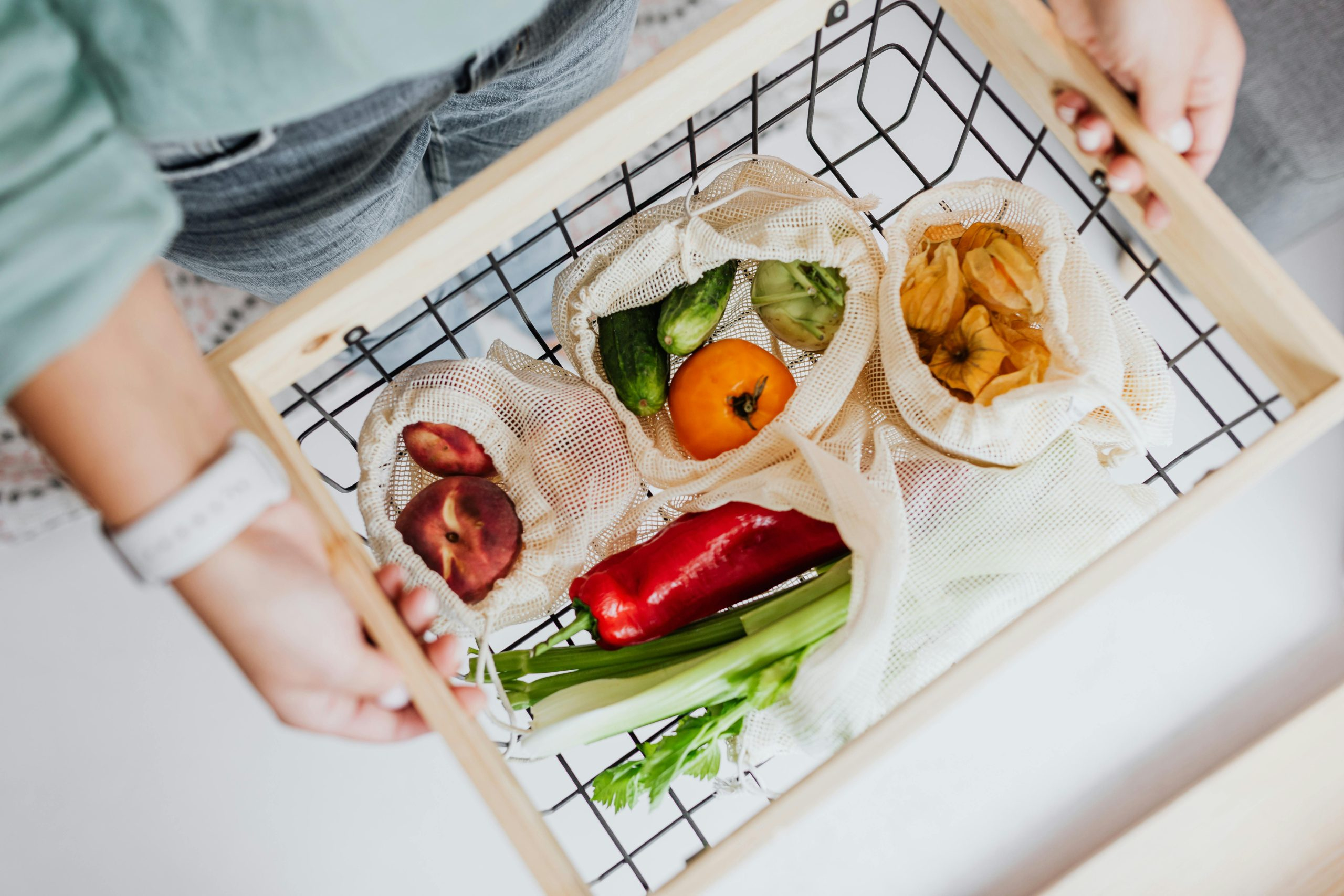Sustainable Shopping: How to Build an Eco-Friendly Wardrobe
In recent years, there has been a growing global movement towards sustainability and conscious consumerism. This has led to an increased awareness of the environmental impact of fast fashion and the need for more eco-friendly alternatives. One of the best ways to reduce our carbon footprint and contribute to a more sustainable future is through building an eco-friendly wardrobe. In this article, we will discuss the concept of sustainable shopping and provide valuable tips on how to build an eco-friendly wardrobe.
What is Sustainable Shopping?
Sustainable shopping, also known as ethical or green shopping, is the practice of being mindful and intentional about the products and services we purchase. It involves considering the environmental, social, and economic impact of our buying habits and making more conscious choices. In the context of fashion, sustainable shopping involves choosing clothing made from sustainable materials and produced through ethical and eco-friendly processes.
The Environmental Impact of Fast Fashion
The rise of fast fashion, a trend where clothing is quickly and cheaply produced to keep up with the ever-changing fashion trends, has had a devastating impact on the environment. Fast fashion is responsible for a large percentage of greenhouse gas emissions, water pollution, and waste generation. The production of clothing involves the use of harmful chemicals, energy, and resources, causing irreversible damage to the environment. Furthermore, the constant purchase and disposal of cheaply made clothing contribute to the growing issue of textile waste in landfills.
The Importance of Building an Eco-Friendly Wardrobe
Building an eco-friendly wardrobe is crucial in mitigating the negative impact of fast fashion on the environment. By choosing sustainable fashion, you are supporting brands that prioritize ethical and eco-friendly practices. This not only reduces your carbon footprint but also encourages the fashion industry to move towards more sustainable practices. Additionally, investing in well-made, high-quality pieces means that your wardrobe will last longer, reducing the need to constantly purchase new clothes.
1. Educate Yourself on Sustainable Materials
The first step in building an eco-friendly wardrobe is to educate yourself on sustainable materials. Look for clothing made from organic cotton, linen, hemp, and bamboo as these materials require less water and pesticides to produce. Avoid materials such as polyester, nylon, and acrylic, which are synthetic and non-biodegradable.
2. Choose Ethical and Sustainable Brands
There are many fashion brands that are committed to sustainable and ethical practices. Do your research and choose to support these brands by purchasing from them. Look for certifications such as Fair Trade, Global Organic Textile Standard (GOTS), and B Corporation, which indicate a brand’s commitment to ethical and sustainable practices.
3. Embrace Secondhand and Vintage Shopping
One of the best ways to build an eco-friendly wardrobe is by shopping secondhand. This not only reduces the demand for new clothing production but also gives pre-loved pieces a new lease on life. Check out thrift stores, consignment shops, and online platforms like Depop and Poshmark for unique and sustainable fashion finds.
4. Consider Versatility and Timelessness
When making purchases, think about the versatility and timelessness of the items. Investing in versatile pieces that can be worn in multiple ways and can be dressed up or down, will reduce the need for excessive shopping. Also, choose timeless styles that won’t go out of fashion quickly, and you can wear for years to come.
5. Take Care of Your Clothes
To prolong the life of your clothing, it’s essential to take good care of them. Follow the care instructions on the label and wash your clothes in cold water and line dry whenever possible. Avoid using the dryer, as it consumes a lot of energy and can damage your clothes. By taking care of your clothes, you reduce the need to constantly replace them.
6. Mend and Repair Your Clothes
Instead of discarding damaged clothing, try to mend and repair them. Learning basic sewing skills can help you fix small holes or tears, and there are also many tutorials available online to guide you. By extending the lifespan of your clothes, you are reducing your environmental impact.
Conclusion
Building an eco-friendly wardrobe is essential in promoting sustainability and reducing the harmful impact of fast fashion. By educating ourselves, choosing sustainable brands, shopping secondhand, and taking good care of our clothes, we can all contribute towards a more sustainable and ethical fashion industry. With these tips, we hope you can build a stylish and eco-friendly wardrobe that promotes a more sustainable future for all.










